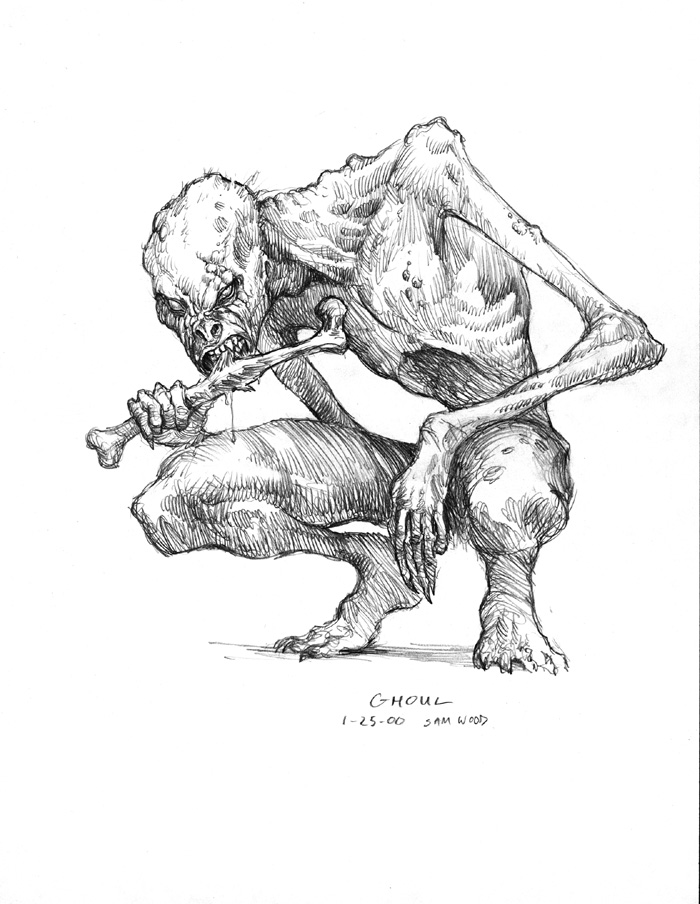
Ghoul

Ghoul-tree

Leviathan (juvenile)
Follow along with the video below to see how to install our site as a web app on your home screen.

Note: This feature currently requires accessing the site using the built-in Safari browser.


